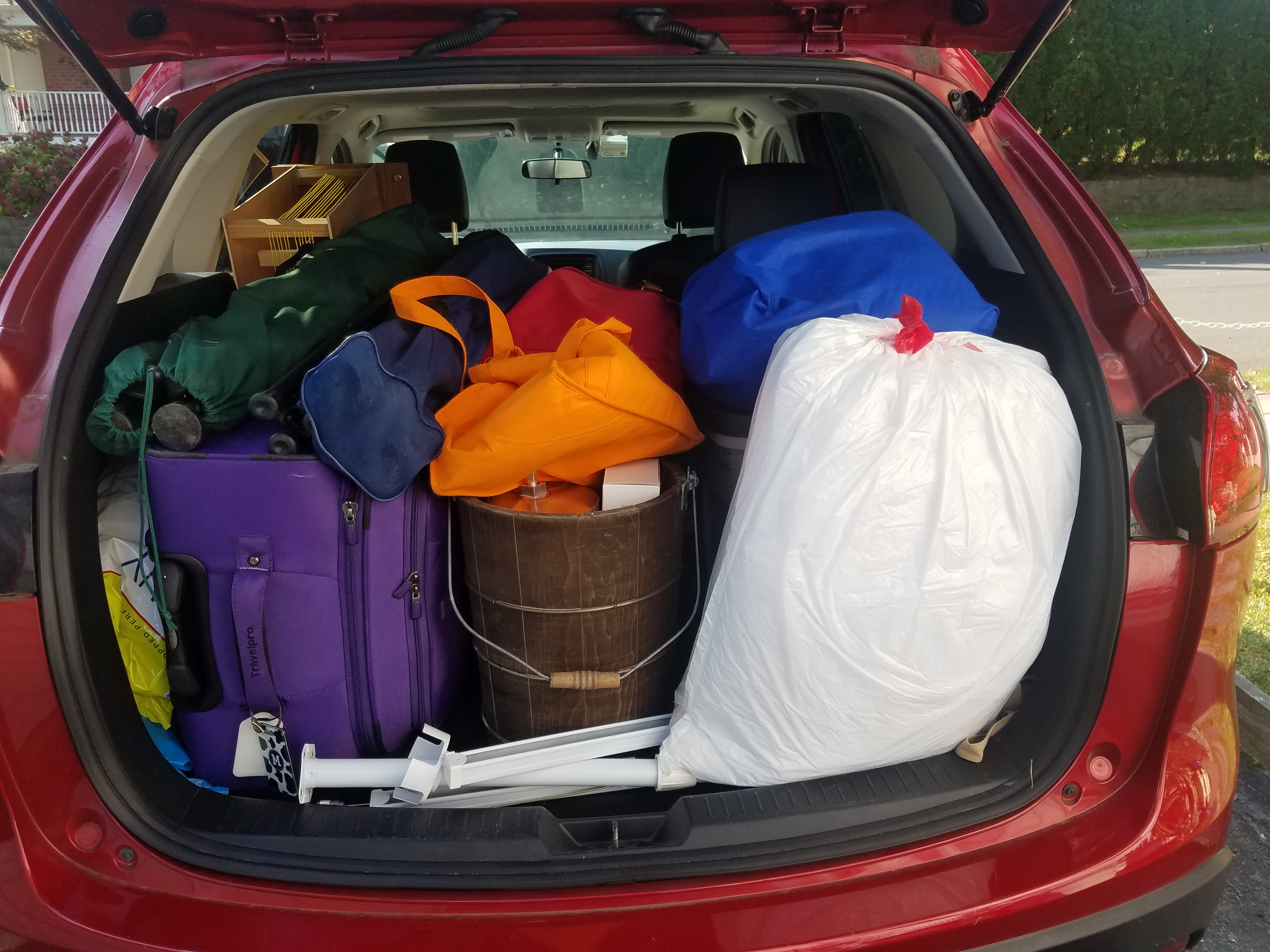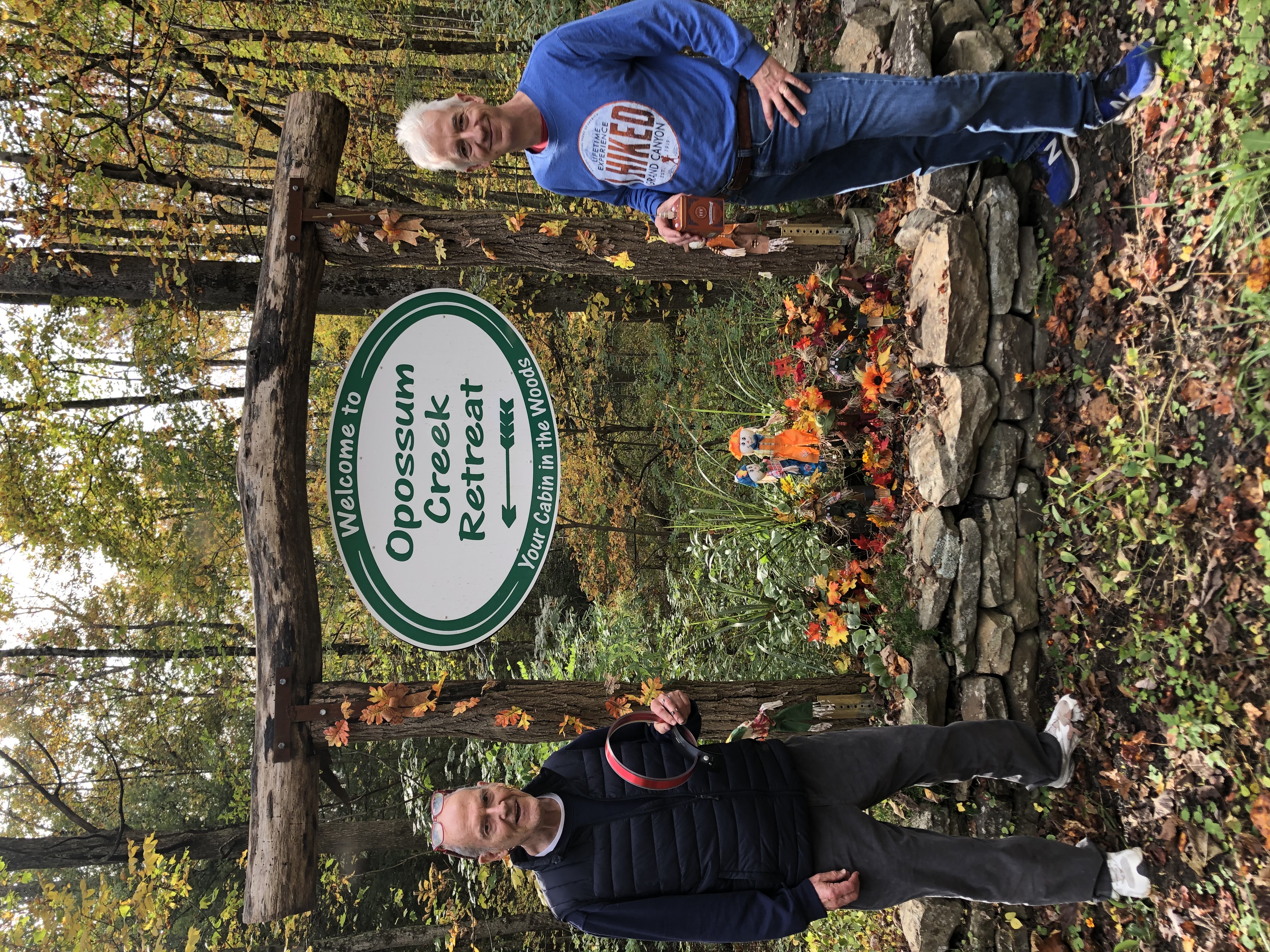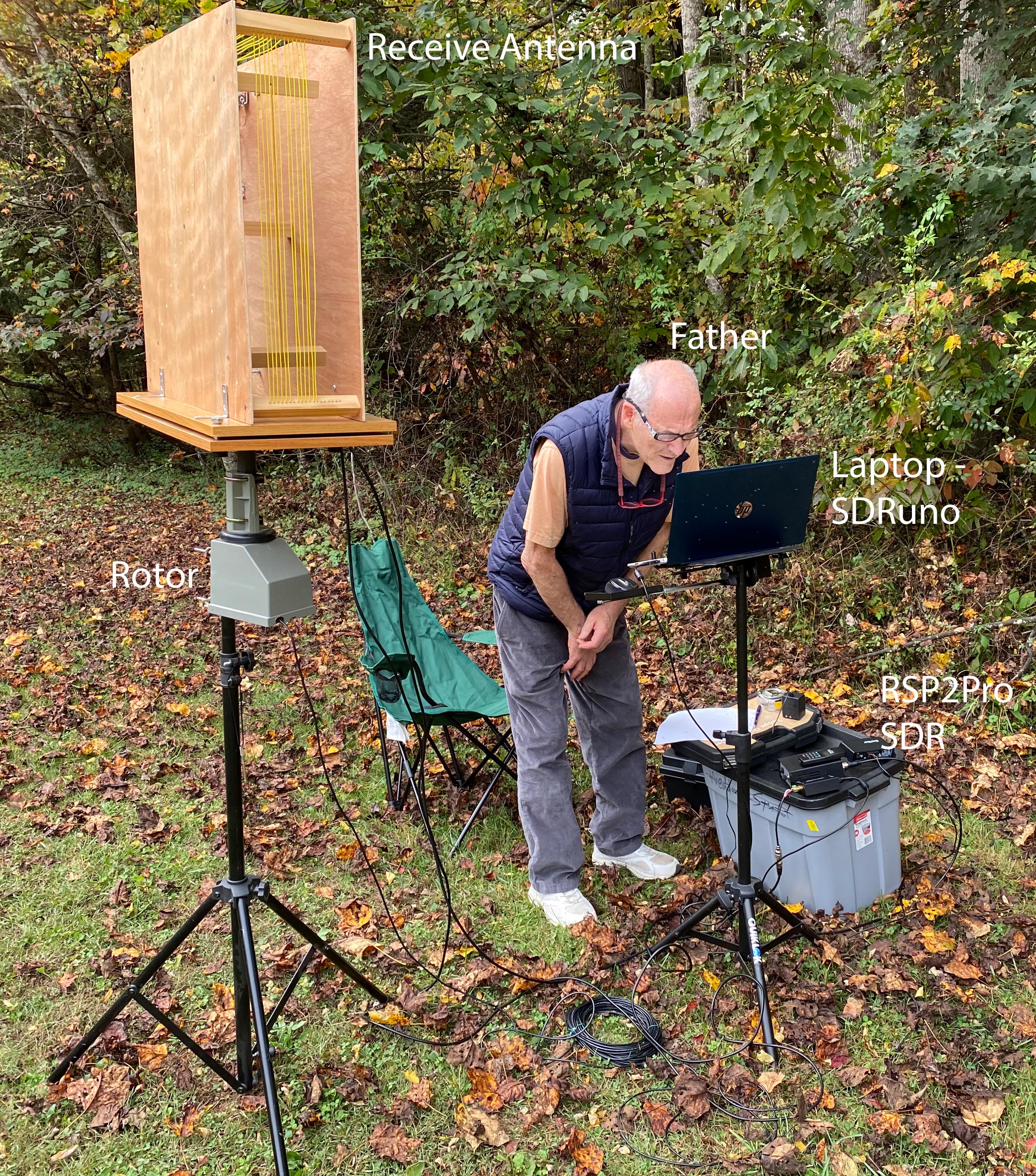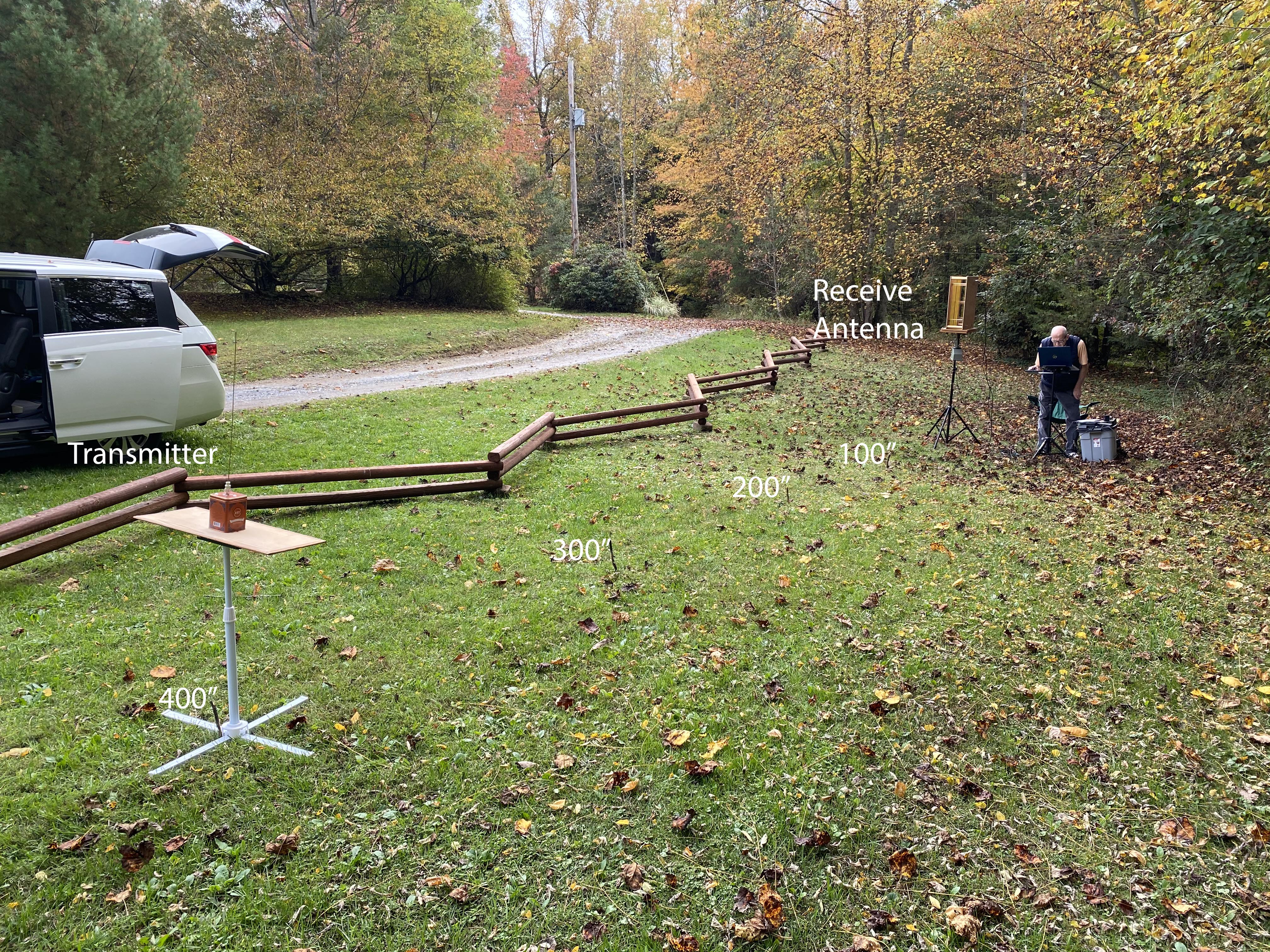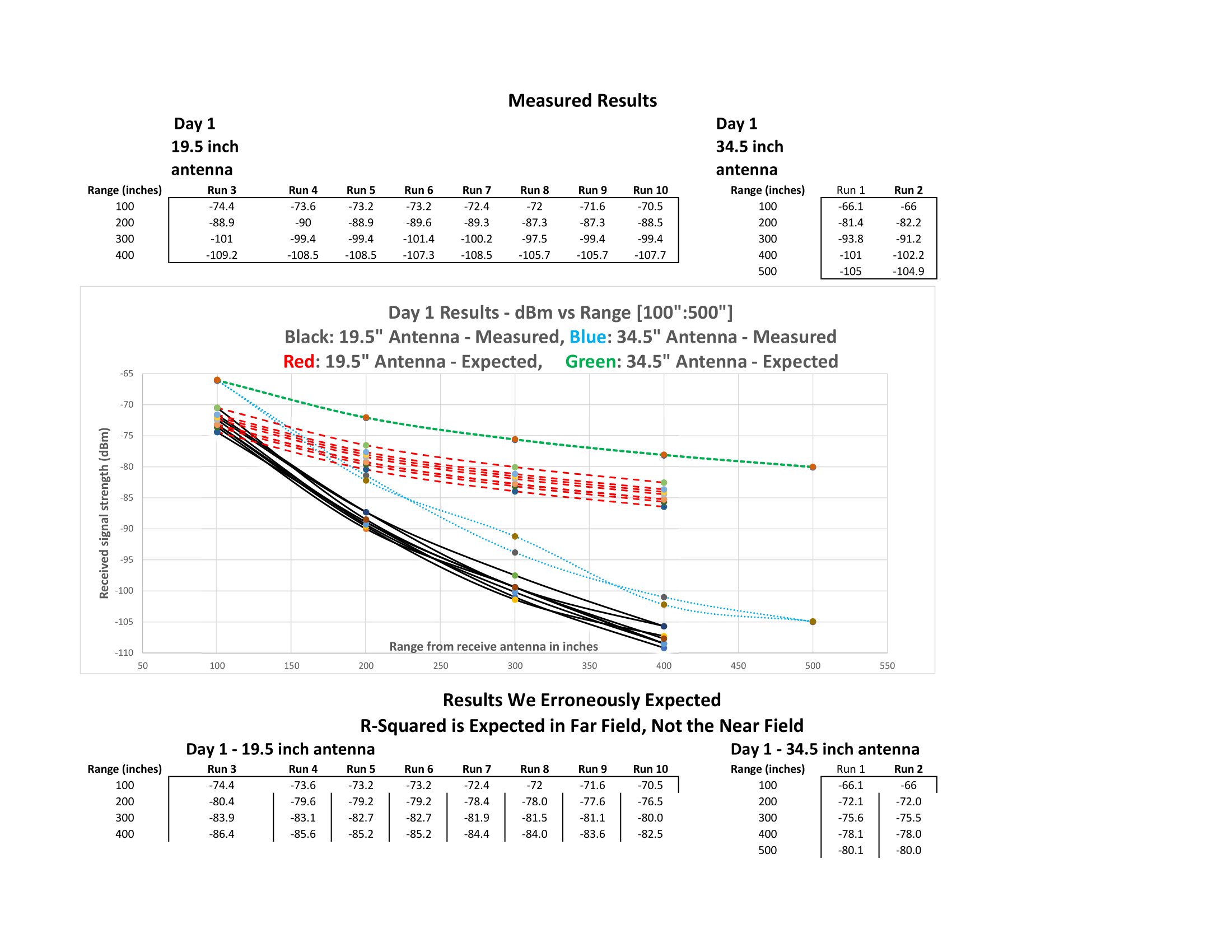
R & D Expedition, October, 2020
By October, 2020 the wife and I were getting pretty sick of the whole Covid thing. We are fortunate to have jobs we can work from home. We are pretty good about following the shelter at home recommendations but were ready for a change. We decided to get out of White Plains and go on a vacation the second week of October, 2020. She picked out a great place, Opussum Creek Retreat, near Fayetteville, West Virginia. This is where the New River Gorge bridge is. If you are going that way, I give an enthusiastic, unqualified 55 star recommendation for Opossum Creek Retreat. We rented a 2 bedroom cabin. The place was spotless, well provisioned, had a screened in porch with a hot tub, a grill, and a fire pit. Fantastic. Because it was a cabin in the woods, maintaining wise Covid 19 practices was easy.
We asked my father to accompany us. He is a pretty chill guy. When I saw where we were going and my dad, an electrical engineer, said he would go with us, I immediately thought "I am going to take my radio stuff and we can have some fun away from noisy White Plains, New York.""
I am fortunate to have a pretty cool wife who agreed this was a good idea, as long as I made time for her too. So, what we ended up doing was the wife and I went hiking in the mornings and my father and I played radio for 3 of the afternoons.Goals
- Have fun
- Can we get repeatable measurements?
- Let's verify R-Squared
- Measure antenna pattern of BCB loop antenna
Notes
- At various spots on this page a transmitter is mentioned. Read about it here.
DAY ONE - Setup and R-Squared Measurements
Measurement Station Notes
- BCB Box Loop Antenna tuned to 1,000 Kilohertz
- SDRplay RSP2Pro Receiver
- SDRUno 1.4
- Eye balled and recorded dBm reading from SDRuno display
Test Range Notes
- For 19.5 inch antenna we took measurements at 100, 200, 300, and 400 inches from measurement antenna.
- For 34.5 inch antenna we took measurements at 100, 200, 300, 400, and 500 inches from measurement antenna.
Not What We Expected
The plot shows measured results, the black and blue lines, and the results we erroneously expected, the red and green lines. We were taking measurements in the near field. R-Squared is only applicable in the far field.
Most sources I have read so far say that the near field is a complicated area that is hard to model and hard to measure.
What We Learned
My father's summary - We learned we don't know what the heck we are doing.
True, but I prefer a gentler summary
- 1 - Relearned - RTDM (Read The Darn Manual).
In our case the manual was the ARRL Antenna Book, 22nd Edition. My eyes got drawn to the text showing the rule of thumb formula D=(2*L*L)/wavelength where L is
Text earlier in the section read...largest dimension of the physical antenna...
. At the time I concluded that we were OK. After all, this was the ARRL Antenna Handbook. As I recall, Dad was skeptical. The piece of information I was missing, which is stated in the above referenced Wikipedia article, is that the formula is only valid if L is a half wavelength or greater.For simple wire antennas, the reactive near field is considered to be within about a half wavelength from an antenna's radiating center.
If we had read this before taking our measurements, we would have understood sooner that we would not see an r-squared relationship in our measurements.
- 2 - We learned more about near and far fields.
Further reading: Wikipedia near and far field article
- 3 - We were able to get repeatable measurements. Always a good thing.
What's Next? - Further Analysis
If we were fusion researchers we would ask for a gazillion more dollars and ten more years.
The sources I read generally agree that the far field begins around 2 wavelengths. For 1 Megahertz, that is 600 meters. My little transmitter does not have that kind of range. If I increase signal strength, I would most likely be in violation of FCC regulations.
While we were sitting around the campfire that evening, marvelling at how little we know about RF stuff, Dad pointed out that we did not have a ground plane on the transmitter's antenna. Adding one was most likely a good idea. Also, a less than 1 meter long antenna for a 1 Megahertz transmitter may not have been the best idea. We concluded we needed a better antenna.
It was pretty obvious to us that there was lots more learning to be done.

